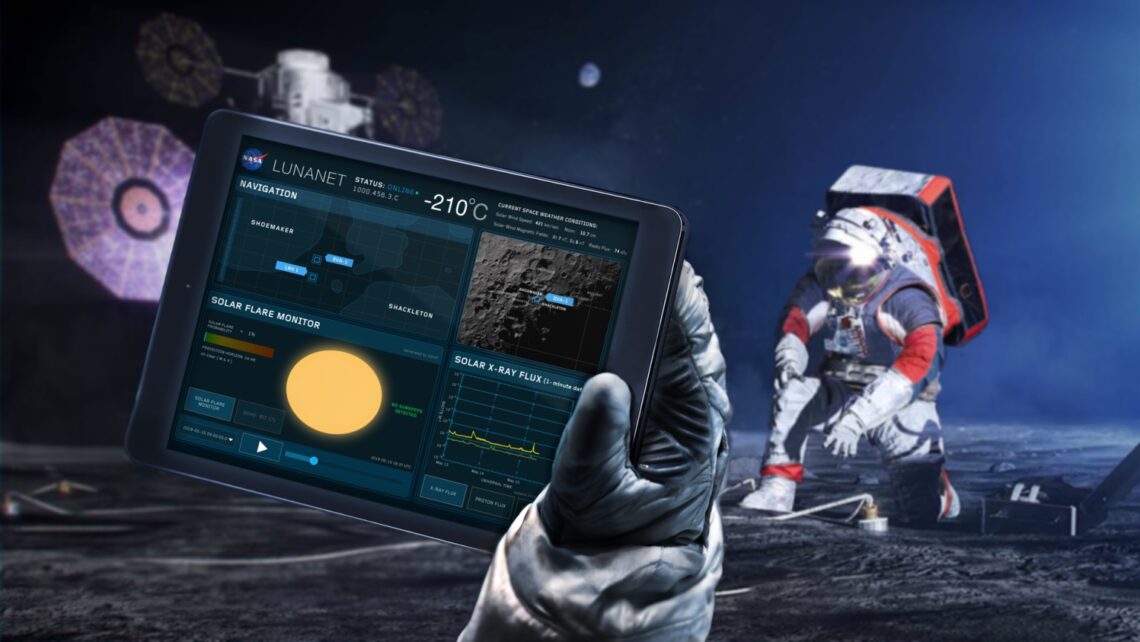WASHINGTON — A new White House policy instructs NASA to develop a strategy for a new time standard for use on cislunar missions to provide improved navigation and related services on and around the moon.
The Policy on Celestial Time Standardization in Support of the National Cislunar Science and Technology Strategy, released by the White House’s Office of Science and Technology Policy April 2, directs NASA to develop a strategy by the end of 2026 to create Coordinated Lunar Time (LTC), a new time standard based on Coordinated Universal Time (UTC) on Earth but adapted to operations on the moon.
“As NASA, private companies and space agencies around the world launch missions to the Moon, Mars and beyond, it’s important that we establish celestial time standards for safety and accuracy,” Steve Welby, OSTP deputy director for national security, said in a statement.
Simply using UTC in cislunar space is inadequate for precision operations, the policy notes. UTC is tied to Earth-based systems, but relativistic effects mean a second on the moon is not the same length as one on Earth. “For example, to an observer on the Moon, an Earth-based clock will appear to lose on average 58.7 microseconds per Earth-day with additional periodic variations,” the policy states.
While that difference is imperceptible for most applications — it would take nearly 50 years to build up a one-second offset — it is a problem for navigation and related applications, like space situational awareness and proximity operations, where higher precision is required.
“A consistent definition of time among operators in space is critical to successful space situational awareness capabilities, navigation and communications, all of which are foundational to enable interoperability across the U.S. government and with international partners,” Welby said.
The policy sets four major features for LTC: traceability to UTC, accuracy sufficient for precision…
Read the full article here

